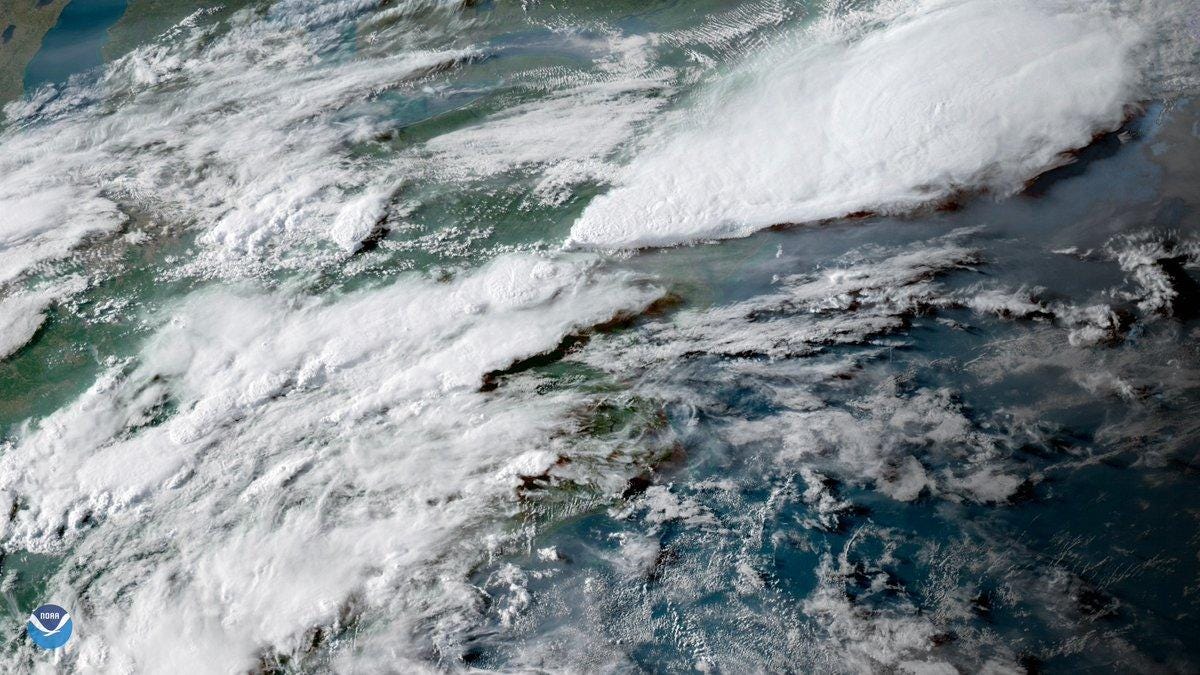What the heck is a meteotsunami?
In case you need a different kind of natural disaster to worry about.

The view of the meteotsunami-causing thunderstorms as seen by a NOAA satellite.
Here's a new word for your impress-your-friends vocabulary list: "meteotsunami."
The National Oceanic and Atmospheric Administration shared a dramatic satellite view of a severe thunderstorm system that smashed across the Northeast on Tuesday, triggering a meteotsunami along the Atlantic coast. This event left a lot of people asking, "What's a meteotsunami?"
A meteotsunami is similar to a regular tsunami, but the waves are created by air-pressure disturbances from storm action rather than seismic earthquake activity. "The storm generates a wave that moves towards the shore, and is amplified by a shallow continental shelf and inlet, bay, or other coastal feature," says NOAA.
The agency says meteotsunamis can reach a height of over 6 feet (1.8 meters) and have occurred everywhere from the Great Lakes in the US to the Mediterranean and Adriatic Seas.
Tuesday's East Coast meteotsunami was small, but the National Weather Service warns (PDF link), "Damaging waves, flooding, and strong currents can last from several hours to a day and can cause significant damage, injuries, and deaths."
NOAA researchers presented information on meteotsunamis at a conference earlier this year, calling them "an overlooked public health hazard." NOAA says scientists are still working to understand meteotsunamis and develop better methods to forecast them.

